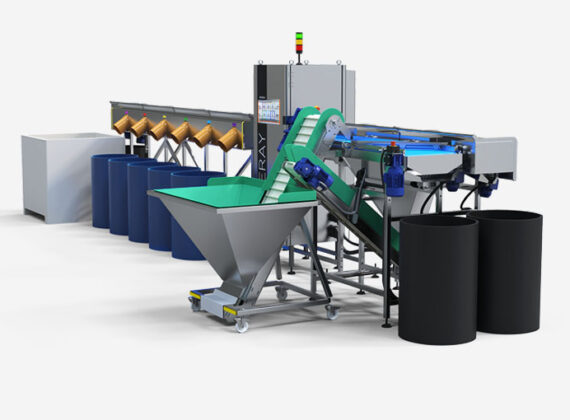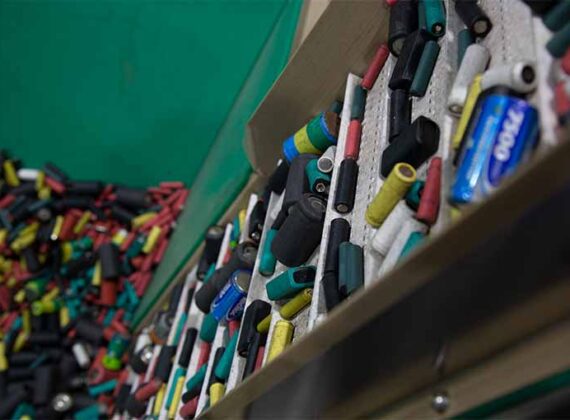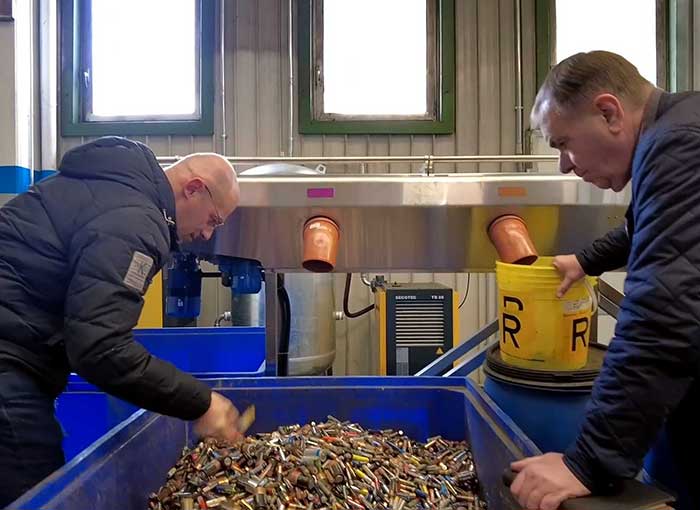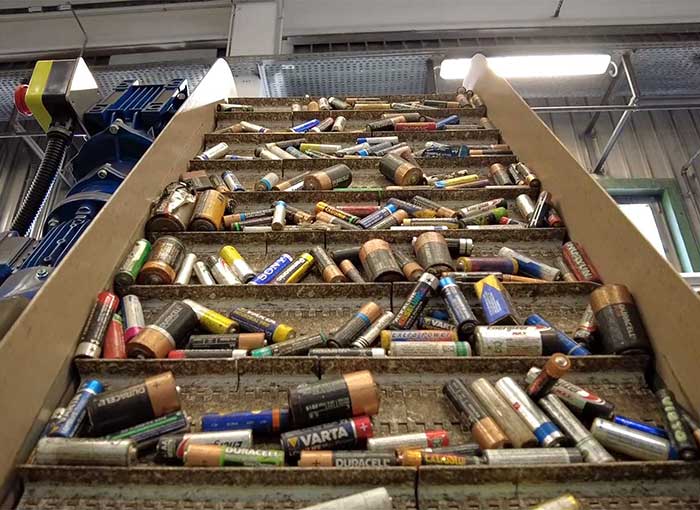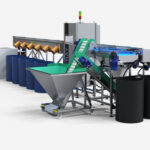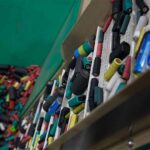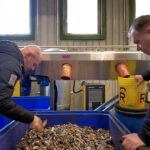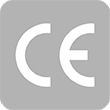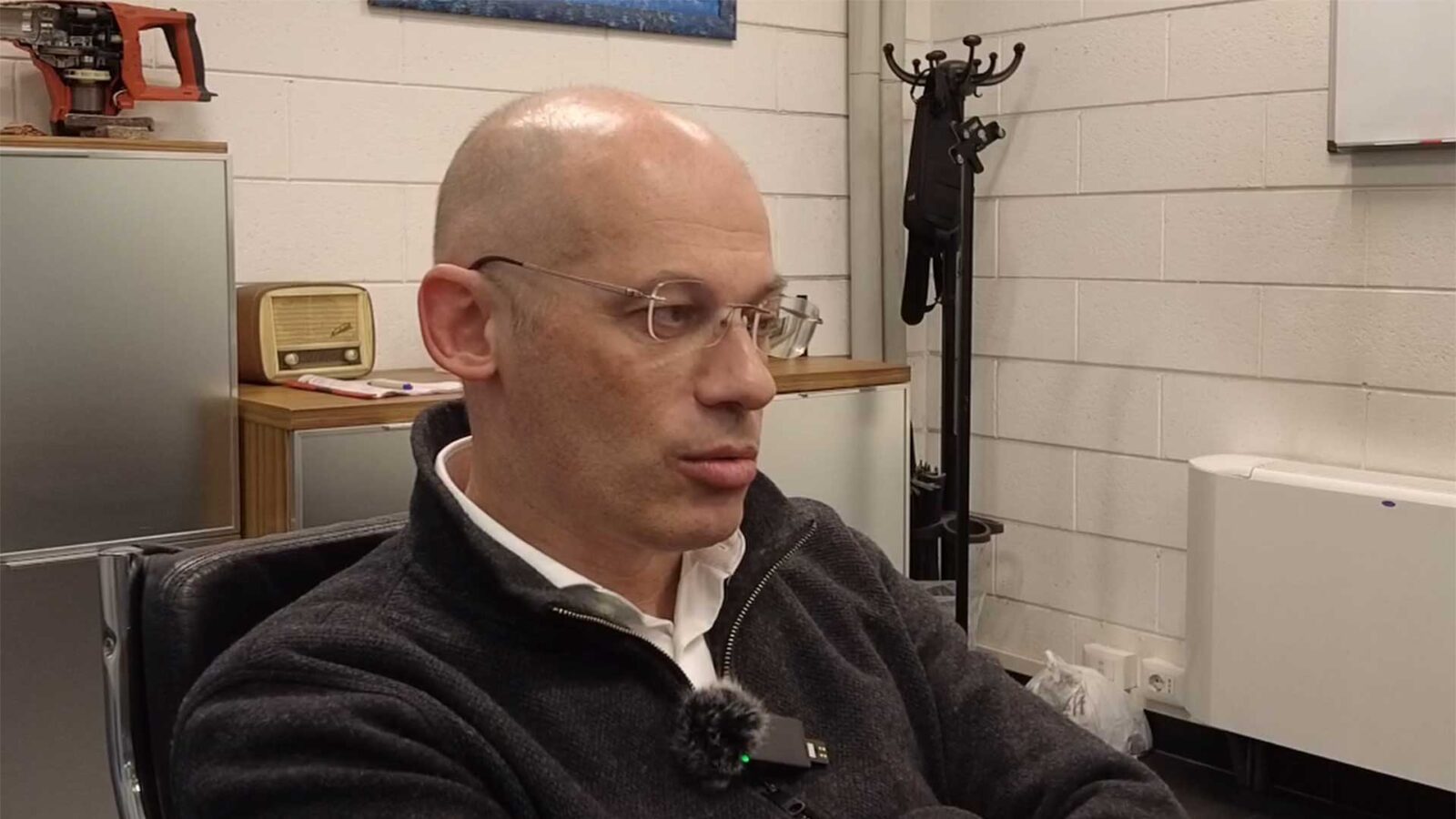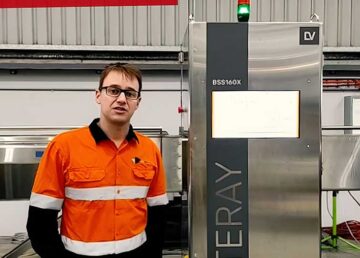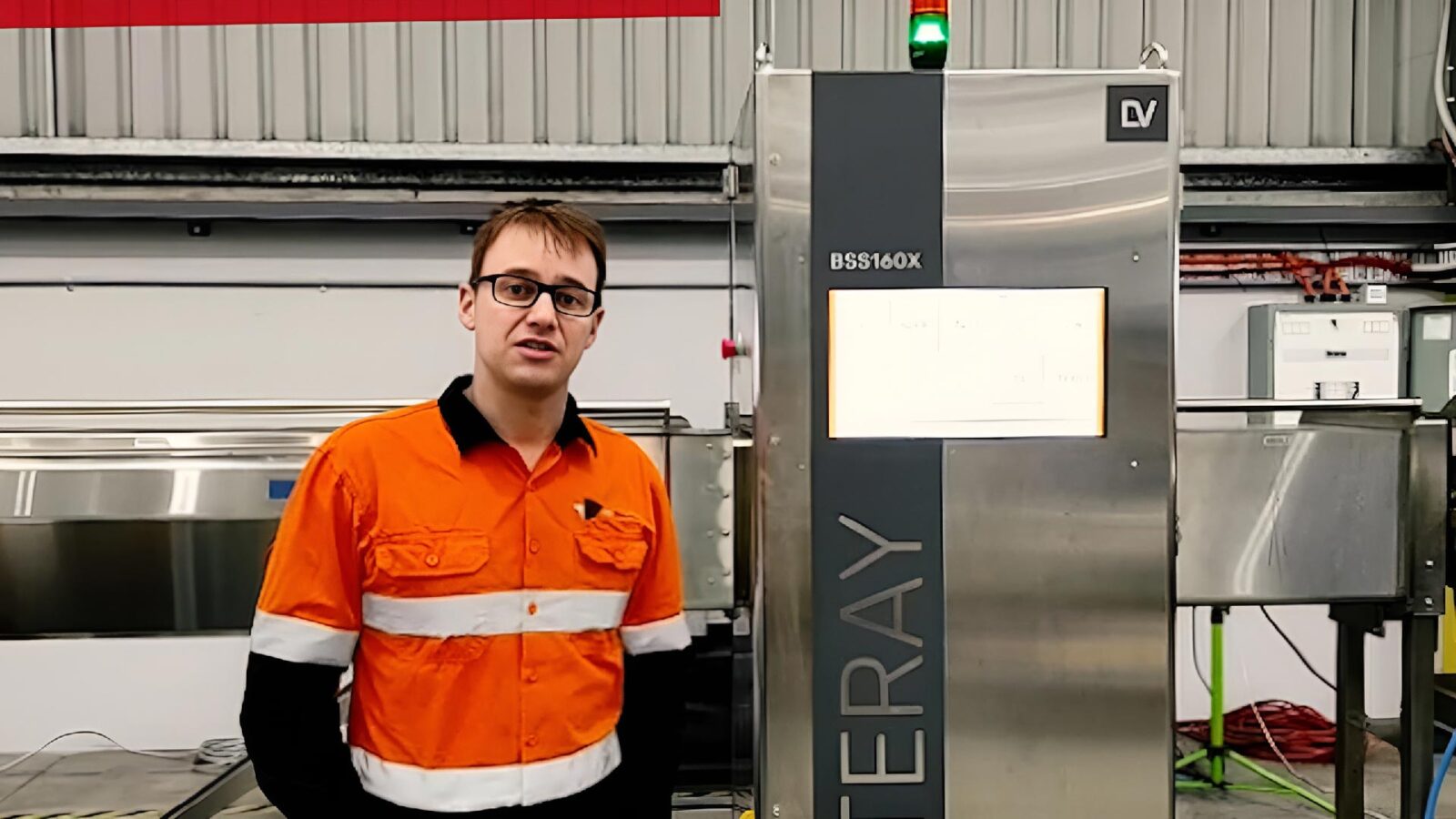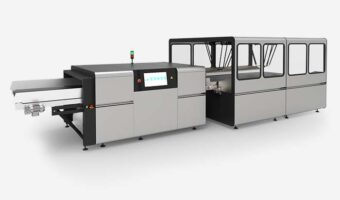Datasheet
For professionals dealing with battery recycling and e-waste streams, the diversity of battery types poses growing risks. Manual sorting is labor-intensive and prone to error, while optical systems can misidentify or miss unlabelled or damaged items—putting safety and sorting purity at risk.
Many batteries contain toxic metals and unstable chemistries. Poor classification can lead to cross-contamination, equipment failure, or fire. With hundreds of cell types in circulation and increasing pressure to meet environmental regulations, operators need a faster, smarter, and safer way forward.
In 2017, our engineers began investigating how to bring X-ray inspection into this field—not to scan surfaces, but to read battery internals. The result is BATTERAY: an X-ray-based battery sorting system that detects internal composition and structure in real time.
Built around high-speed imaging and AI classification, BATTERAY allows you to automate sorting, minimize risk, and maximize purity—even with counterfeit, unmarked, or damaged batteries.
What makes BATTERAY stand out is its ability to “see inside” every battery. Instead of relying on surface color, label or shape, it uses X-ray imaging and machine learning to understand internal cell chemistry. Even batteries with no markings or misleading designs can be accurately classified.
The system includes customizable test protocols, a user-friendly control panel, and modular hardware design to fit various production environments. Whether you handle AAA batteries or industrial cylindrical cells, BATTERAY adapts to your workflow without compromises.
- No external identifiers needed — BATTERAY uses X-ray structure to detect battery type, regardless of label condition or authenticity.
- Fully enclosed design provides complete operator protection during scanning and sorting.
Software Features
- Program extension for custom battery formats not in the initial classification (AAAA to 21700 and beyond)
- Standard mode using a pre-trained battery map
- Hybrid mode: standard map with added customer battery types and chemistries
Sort map
| ZN | ALK | NiCd/MH | NiCd | NiMH | Primary Li | Li-Ion | |
| AAAA | + | + | + | + | + | ||
| AAA | + | + | + | + | + | + | + |
| AA | + | + | + | + | + | + | + |
| C | + | + | + | + | |||
| D | + | + | + | + | + | + | |
| 6F22 (9V) | + | + | + | + | |||
| 21700 | + | ||||||
| 18650 | + | ||||||
| A23 | + | ||||||
| A27 | + | ||||||
| CR2 | |||||||
| 16340 (R123) | + | + | |||||
| 1/2 АА | + |
Sorting battery groups:
- Zinc–Carbon (ZnC)
- Alkaline
- Lithium-Ion (Li-Ion)
- Lithium Primary (Li-SOCl₂, Li-MnO₂, Li-FeS₂)
- Nickel-Cadmium (NiCd)
- Nickel-Metal Hydride (NiMH)
Process overview
Once the operator loads the batteries into the hopper, they are automatically transferred to the first conveyor, where preliminary separation occurs. This stage removes small debris, dust, broken components, and miniature batteries to prepare the stream for precise classification.
In the second stage, batteries move to an orientation conveyor that aligns them uniformly in the direction of motion. This alignment ensures stability and consistency for further analysis.
During the third stage, each battery is scanned by an X-ray system, which captures its internal structure. An integrated AI algorithm then classifies the battery based on chemistry and construction, assigning it to one of the predefined categories.
Finally, pneumatic injectors sort the identified batteries into appropriate collection bins. Any batteries that cannot be confidently recognized—due to damage or missing references in the database—are discharged at the end of the conveyor into a separate fallback container.
- Conveyor speed supports high-throughput sorting at rates up to 350 kg per hour.
- Sorting accuracy reaches 99.5% for Alkaline and Zinc–Carbon, and over 95% for other types.
- Standard classification map covers all major household and cylindrical battery formats.
Key features
Handles Compromised Batteries
Designed to accurately sort corroded, damaged, and counterfeit batteries by analyzing their internal composition rather than relying on external markings.
AI-Powered Recognition
Utilizes artificial intelligence and X-ray analytics to automatically classify batteries by chemistry and type with high precision.
Optimized for Throughput
Industrial-grade conveyor system delivers automated sorting performance at speeds up to 350 kilograms per hour.
Precision Sorting Accuracy
Achieves 99.5% purity for Alkaline and Zinc–Carbon batteries; over 95% for other types, including Li-ion, NiMH, and NiCd.
Extensive Battery Compatibility
Covers a wide range of common formats and chemistries with a pre-trained sort map that’s expandable for future battery types.
Exclusive Technology
BATTERAY is a patented solution developed by LINEV Systems, offering unmatched performance in the field of automated battery sorting.
Video
Technical data
X-ray source
| X-ray emission | Complies with the standard: 1 μSv/h at any point at a distance of 10 cm from the device. Typical value of our system less than 0.3 μSv |
| X-ray protection | Full operator protection |
Loading
| Loading hopper capacity, up to | 350 kg |
| Loading hopper volume | 250 L |
| Conveyor speed | 1.0 m/s |
| Productivity of pure fractions | up to 18000 batteries/hour |
| Pneumatic | 10 bar ±10%, ≥500 SLPM |
| Throughput capacity | 350 kg/hour |
Dimensions
| Overall dimensions (maximum) | ||
|---|---|---|
| Lenght | 7960 mm | |
| Width | 2690 mm | |
| Height | 2400 mm |
| Layout | 15000 x 8000 mm |
|---|
| Weight (maximum) | 2400 kg |
|---|
Purity
| Zinc-carbon, alkaline | 99,5 % |
| All groups | >95 % |
X-ray source
| X-ray emission | Complies with the standard: 0.1 mrem/h at any point at a distance of 4 in from the device. Typical value of our system less than 0.03 mrem |
| X-ray protection | Full operator protection |
Loading
| Loading hopper capacity, up to | 772 lbs |
| Loading hopper volume | 66 gal |
| Conveyor speed | 3.28 ft/s |
| Productivity of pure fractions | up to 18,000 batteries/hour |
| Pneumatic | 145 psi ±10%, ≥17.7 SCFM |
| Throughput capacity | 772 lbs/hour |
Dimensions
| Overall dimensions (maximum) | ||
|---|---|---|
| Length | 26.1 ft | |
| Width | 8.82 ft | |
| Height | 7.87 ft |
| Layout | 49.2 x 26.2 ft |
|---|
| Weight (maximum) | 5,291 lbs |
|---|
Purity
| Zinc-carbon, alkaline | 99.5 % |
| All groups | >95 % |
Reviews and related links
If your facility handles used batteries, you know the risks: cross-contamination, fire hazards, and the rising cost of manual sorting. Battery types are multiplying, labels are unreliable, and processing errors can lead to environmental violations or damaged equipment.
Portable batteries are among the most hazardous types of consumer waste. Containing heavy metals and unstable chemicals, they demand precise classification before entering the recycling stream. But when sorting lacks accuracy, entire fractions can be rejected or pose serious safety concerns.
To solve this, our team began exploring the use of X-ray inspection back in 2017—not to read surface labels, but to look inside the batteries and determine their true chemistry. The result is a breakthrough in how battery sorting is done.
If you’re looking for a smarter, safer, and more scalable way to handle battery waste, you’re in the right place. Discover how our Battery X-ray Sorting Technology is changing the standard for modern recycling operations.

The fastest way to hear back from us is to fill the contact form below. Our appropriate department will get back to you depending on your inquiry as soon as possible.
























